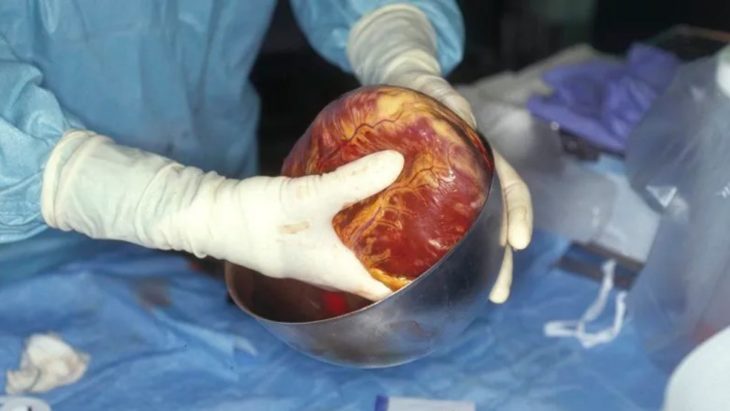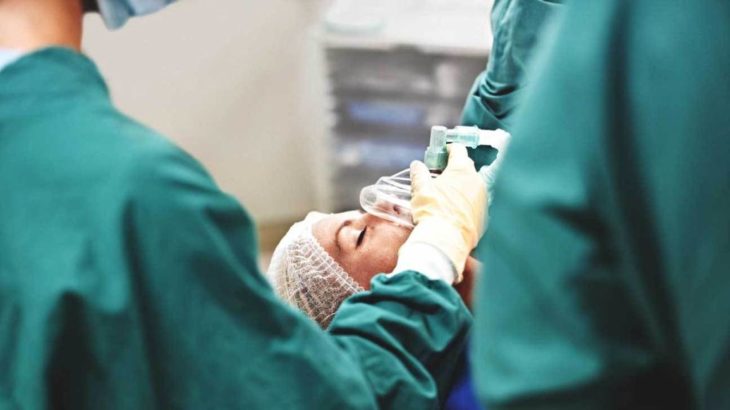For many of us today, modern medicine has provided a better quality of life, longer lifespans as well as cures and remedies to so many illnesses. We have grown up with all of today’s medical knowledge that it’s difficult to imagine not having access to it, leading to many of us taking it for granted or not utilizing it effectively in our day to day lives. This list of amazing medical discoveries is written to remind ourselves what people had to experience in the past before advancements were made, how those advancements came about and how they enrich and benefit us today.
You might find that a growing appreciation for what we have access to today may save your life, or help you get through some troubling times knowing that it could’ve been much worse without modern medicine.
1. Antibiotics

Source: Diet Doctor
The main antibiotic we have to thank for saving literally millions of lives is Penicillin, although there were many others developed by scientists from the start of the twentieth century. Human civilizations have for thousands of years used antibiotic remedies such as fungi and molds, applying them to infections to help the patient survive, however, the mechanisms weren’t understood until the early 1900s. Imagine if getting a bout of diarrhea or pneumonia would likely kill you? Because for so many people it actually would as the underlying bacterial infections weren’t understood and weren’t dealt with.
German doctor Paul Ehrlich found that it was possible to use certain chemicals that targeted specific bacteria while leaving other cells unharmed. This led to his discovery of arsphenamine, effective treatment for syphilis. Other notable scientists furthered his approach, leading to the discovery of penicillin which by 1944, was being mass produced for soldiers during WW2 who would have otherwise died of infection. Before the 20th century, your life expectancy in America would have been 47 years of age. After the golden age of antibiotics, that number rose to between 78-79 years. If you need a little help to remember that the Internet has made consulting professionals a lot easier.
2. Organ transplants

Source: theonion.com
The first successful organ transplant didn’t occur until 1954 when doctors successfully transplanted a kidney from one identical twin to his brother. This was the first time a patient survived for long after this kind of an operation since the donor and recipient were genetically identical. That’s not to say these procedures weren’t attempted before; ancient Greek, Roman and Chinese records show attempted transplants from cadavers and all sorts of animals into living humans but these all ended in death shortly after.
No one understood the role the immune system played in organ rejection until at least the 16th century when an Italian doctor noticed skin grafts failed on patients when they were given skin from another person. But still, until 1954, no one lived for more than a couple of days after a transplant. 1960 saw the development of immunosuppressant meds that now allow for transplants between non-identical humans. Need a new heart? Kidney? Liver? 70 years ago, you would have just died.
3. Anesthesia

Source: Healthline
Imagine having to go through an amputation without any way of avoiding the pain, or having that infected molar that surpasses all pain thresholds ripped out while you are awake, conscious, and most probably screaming. Illegal substances have been used as sedatives for hundreds if not thousands of years, but these really don’t negate extreme pains very well and provide the patient with unsavory side effects.
An ancient Italian practice was to place a wooden bowl over the patient’s head and beat it until they lost consciousness, however again the side effects would only be worth it in extreme cases. You were more likely to be held or tied down, and doctors had to operate quickly so you wouldn’t bleed out and die from shock. 1846 was the year that American dentist William Morton performed surgery in front of a crowd to prove the effectiveness of ether in sedating a patient. It was the first pill that could reliably sedate a patient so they felt zero pain with minimal side effects, revolutionizing the medical world and allowing doctors to operate inside more sensitive areas such as the abdomen, chest and skull (cutting the bone and going inside).
Patients had a much less traumatic experience, and doctors were allowed more time to work and refine operation skills since the patient could maintain a more stable state. Now, we have a whole range of anaesthetics to get us through those choppy surgeries.
4. Vaccinations

Source: IamExpat
The anti-vax movement in recent times has produced some very worrying behaviors in certain groups, but do you remember having to worry about the polio epidemics like those that killed thousands of people in the U.S. alone in the early 20th century?
Polio is basically unheard of now globally, and we have vaccinations to thank for protecting us against the nerve-damaging virus. Variations of vaccination have been practiced for a very long time, such as in Asia where, where in order to protect against the smallpox virus, dried scabs from an infected person were blown up the nose of a patient, exposing them to a (hopefully) much weaker form of the virus that allowed the immune system to adapt without being overcome.
There was a chance that patients would be exposed to stronger forms of the virus through this practice, however, in 1796, an English physician called Edward Jenner proved that inoculations (injections) of cowpox (a related but the much weaker strain of smallpox) provided people with immunity with much lower risks. Smallpox has now been eradicated, polio is almost gone, multitudes of other vaccines provide us with unbelievable protections, and there are even vaccines for AIDS that are highly effective. Vaccines work people.
5. Birth control

Source: Allure
Humans have been finding inventive and novel ways of preventing pregnancy for millennia now, with rubber diaphragms and condoms only being developed in the 1830s and the precursor to our modern pill being developed in the 1950s (with a rather horrific story you can research yourself).
Ancient Egyptians have some of the oldest records of contraception, using sticky substances like honey mixed with sodium bicarbonate, or in some cases, animal dung smeared over the cervix to stop sperm from passing through, like a gluey version of a diaphragm. Plants with spermicidal qualities like acacia were also used and still are today, and condoms have been used for a similar amount of time although they were made from either linen, fish bladders or animal intestines.
So next time you have to pause to unravel the latex condom, or need to remind yourself or your partner that it’s time to take the pill again, keep in mind that at least you don’t have to wrap it in animal intestines or put faeces up your wahoo in order to not get knocked up.
